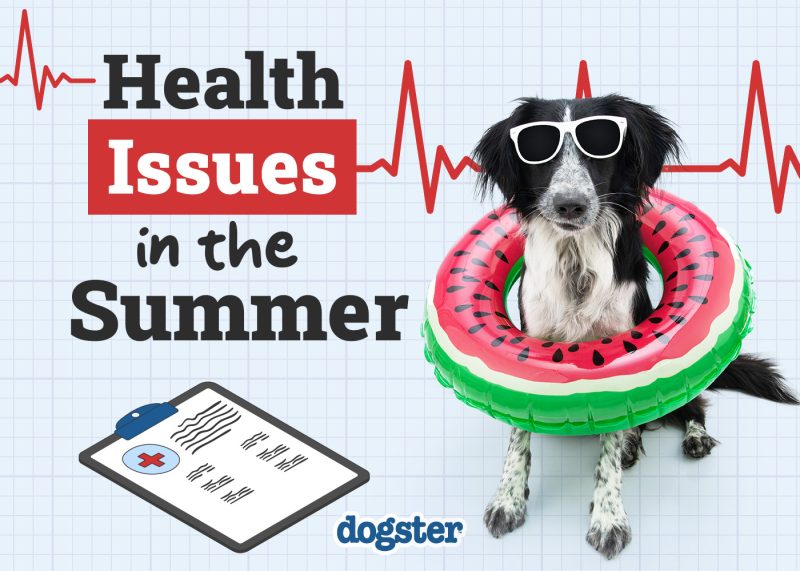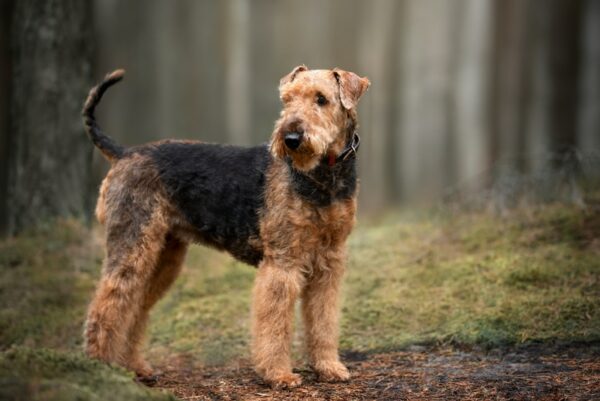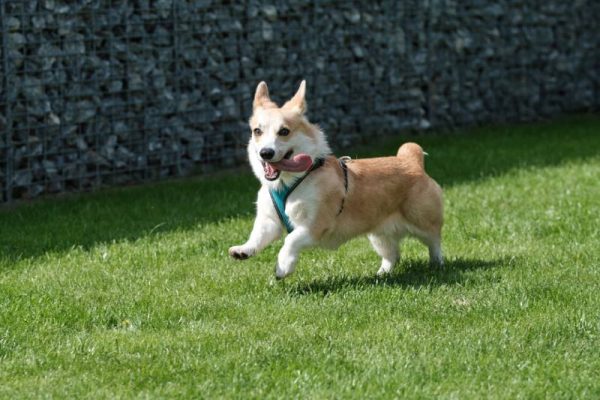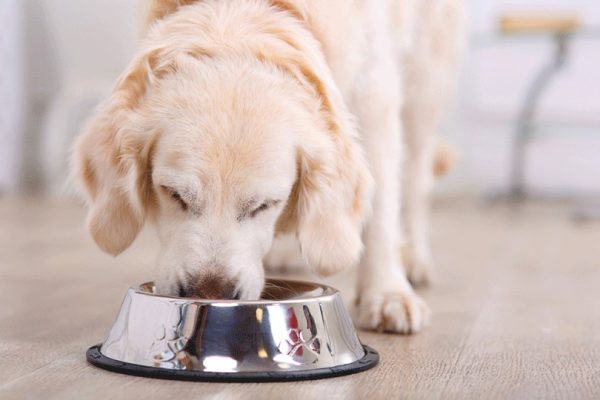Black and Tan Dachshunds are quite common. These dogs have the same personality and temperament as other Dachshunds, as the color difference does not distinguish their temperament. Therefore, choosing this coloration is mostly based on the owner’s aesthetic preferences.
Breed Overview
Height:
14–19 inches (standard); 12–15 inches (miniature)
Weight:
16–32 pounds (standard); under 11 pounds (miniature)
Lifespan:
12–16 years
Colors:
Black and tan
Suitable for:
Families with older children
Temperament:
Devoted, playful, curious
There is a huge variation in coloration among Dachshunds. Their genetics are quite complicated due to that large variety and the different genes involved. While the color of puppies can be predicted somewhat, it isn’t a sure thing. Dachshunds do have six basic coat colors, and one of these is black and tan. The genes that comprise this color are recessive, so if the two parents are black and tan, the puppies likely will be too.
Black and Tan Dachshund Characteristics

The Earliest Records of Black and Tan Dachshunds in History
The Dachshund is a purposefully created breed that isn’t all that old. The breed was created in Germany by mixing together many different European dogs. They were originally referred to as “Dachs Kriecher,” which means “badger crawler.” They seemingly appeared around the 18th century, though badger dogs existed before this period.
These original dogs were large, though, and didn’t look exactly like the modern breed. They weighed up to 40 pounds, for instance. Furthermore, there were originally “straight-legged” and “crook-legged” versions. The modern Dachshund is descended from the latter.
While they were called “badger dogs,” these pups were not always used to hunt badgers. They were also used for rabbit and fox hunting. They may have even been used for locating wounded animals, like deer, and larger game, like wild boar, in packs.
When exactly these dogs were bred varies by source: The American Kennel Club states that they were bred in the 15th century for hunting badgers,1 while the Dachshund Club of America states that they were bred in the 18th and 19th centuries.2

How the Black and Tan Dachshund Gained Popularity
The Black and Tan Dachshund was likely around from the beginning. However, different colorations did appear as the breed became more popular. For instance, the “Double-Dappled” Dachshund was bred sometime in the late 1800s. However, this color was associated with blindness and hearing issues. Therefore, it never became quite as popular as the black and tan coloration.
Around this time, the Dachshund began to take the shape of the animal we commonly see today. For instance, the floppy ears and curved tails were purposefully bred into the breed. There are practical concerns about these traits. For instance, the ears help keep grass and dirt out of the ear canals, which helps prevent infections, and the curved tails can be seen more easily while the dog is tracking, making them easier to follow. Their tail may have also been used to help haul the dog out of a burrow if they got stuck.
Other breeds may have been added in at this time. For instance, the Long-Haired Dachshund is likely the result of different breeds, hence the longer hair. The Smooth-Coated Dachshund is the oldest type and commonly comes in the black and tan pattern. We don’t know exactly what breeds were used to create this one. However, the smooth-coated options led to the others.

Formal Recognition of the Black and Tan Dachshund
The Black and Tan Dachshund was recognized early in the breed’s modern history. Since they were purposefully bred, it didn’t take long for kennel clubs around the work to recognize them. They were officially recognized by the American Kennel Club in 1895.

Top 4 Unique Facts About the Black and Tan Dachshund
1. It’s one of the most common color patterns for the Dachshund.
The black and tan coloration is one of the most popular colors of the Dachshund. However, this color pattern is a recessive trait. It will get “covered up” by red if a Black and Tan Dachshund is bred with a red one. Therefore, the pattern should be theoretically rarer.
However, this pattern became popular early in the breed’s history. Therefore, many breeders worked to produce puppies with this pattern, leading to an increase in their availability.

2. There are three coat options available.
The most common and recognizable coat type is “smooth,” which is likely the Dachshund that you’re used to seeing. However, Long-Haired and Wire-Haired Dachshunds exist too. These come in the same colorations, including black and tan.
3. The Dachshund’s name was temporarily changed.
In the post-WWII era, there was a push to avoid any association with Germany. Therefore, the name of the Dachshund was changed to “badger dog” for many years. However, this name didn’t stick and was changed back some years later.
4. They’re hunting dogs.
Despite often being thought of as lap dogs, these canines are hunters. They were originally bred for hunting purposes and are still used for that job today. Therefore, when adopting one, consider that they still have hunting and tracking instincts. They can be a bit more “hyper” than your average lap dog.


Does the Black and Tan Dachshund Make a Good Pet?
The Black and Tan Dachshund acts just like any other type of Dachshund. This breed was originally bred for hunting and tracking purposes, so they do not act like your typical lap dog. They do like to cuddle, but they have a high energy need and can be a bit stubborn.
These canines are loyal to their family and make good watchdogs. They’re generally healthy (besides the occasional back problem), meaning they live a long time. They tend to be curious and entertaining to watch. Plus, they come in many different sizes and coat types.
That said, these dogs aren’t the easiest to train. They were bred to hunt independently, so trainability wasn’t considered when the breed was being developed. They also tend to be noisy, and their small size makes it difficult for them to housetrain. They have innate hunting instincts too, so they will chase small pets.

Conclusion
The Black and Tan Dachshund is pretty much just like any other Dachshund. This color pattern is extremely common despite technically being a recessive trait. Therefore, they aren’t hard to find and usually don’t cost more.
While these dogs are small, they are not toy pups. Instead, they were bred for hunting and tracking. Therefore, they act like hounds, including the stubbornness and barking tendencies that come with it. It is important to understand what you’d be getting before adopting one of these canines.
- See also: How to Train a Dachshund
Featured Image Credit: JeannieR, Shutterstock

















